“Once the official royal residence. Today, Puri Sareng Agung is a historic complex located in Ubud, Gianyar Regency of Bali.”
Ubud Palace (Puri Sareng Agung) is the Royal Palace of Ubud with beautiful traditional Balinese houses that is the residence of King Ubud. Located in the heart of Ubud, with a traditional art market right in front, the palace was built under the warlord Tjokorda Putu Kandel (1800-1823). Ubud Palace today is a center of cultural and artistic life, many traditional dances such as kecak, fire dance, barong dance and kris are often performed here.
The history of the Ubud palace and the royal families of Bali dates back to the 10th century, but it was not until the 1300s that they became known to history. In 1343, the Majapahit Empire took power after the king of Java defeated the king of Bali. Their rule marked the emergence of the Javanese Hindu culture that is still evident in architecture, art, literature, dance, and theatre. However, some Balinese villages remained aloof from this change, with the rise of Islam across Indonesia, the Majapahit Empire finally falling, and Bali regaining its independence in the late 15th century. Many of the Javanese aristocracy and key members of the creative society took refuge on the island – a period known as Bali's Golden Age.
Ubud Bali has been a “royal town” for over a hundred years. Its princes, who bear the title "Tjokorda" or "Agung" still live in traditional palaces, known as "Puris". Although the old Balinese feudal system was superseded by the Dutch colonial government over eighty years ago, the Tjojordas still hold a special role in the Ubud Balinese society. Many leadership roles, both sacred and secular, are held by Tjokordas. They are also prominent figures in the local business community, arts organizations and the entrepreneurial world.
The Royal Palaces have long held the role of the largest landowners in the region. They used to play this role by looking after and managing large rice fields for the benefit of the community and the temples. However, in recent times, with the advent of Western land ownership models, many palaces have developed or sold land to increase their personal wealth.
In pre-colonial Bali, palaces were the main patrons of art, music, dance, and literature. The Ubud Royal Palace also consciously continues this tradition. It acts as a repository of traditional culture, and develops artistic endeavors throughout the region, bringing many benefits to both Ubud residents and visitors.
The Ubud Royal Palace is best known among Balinese art lovers as one of the main places to watch traditional dance performances. The performance stage is set in an ornately decorated angkul-angkul (traditional gate and guardian deity statues). Every evening, it hosts performances with the gamelan percussion orchestra. Tickets to these shows usually go on sale in the afternoon.
Address: Jl. Raya Ubud No.8, Ubud, Kecamatan Ubud, Kabupaten Gianyar, Bali 80571
 Register
RegisterSign in Travel Agent
Sign in Supplier
Sign in Affiliate
Sign in Guru

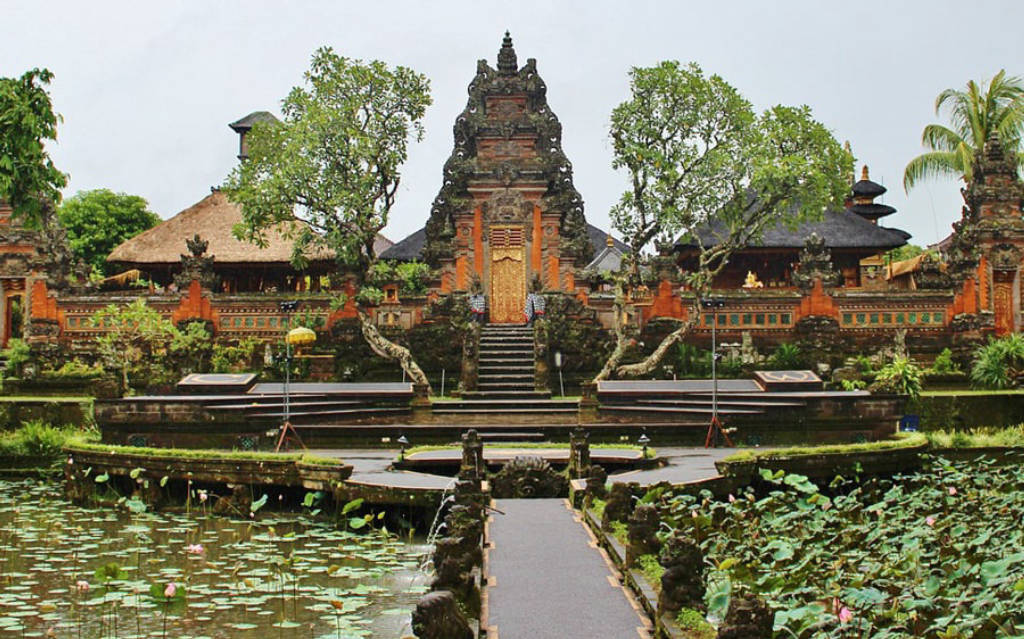
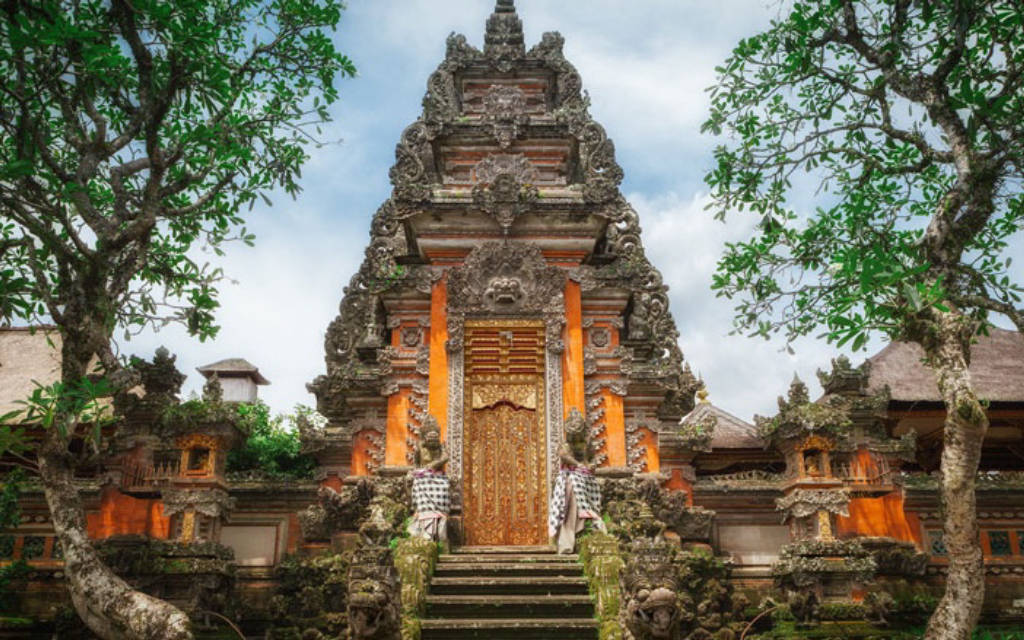
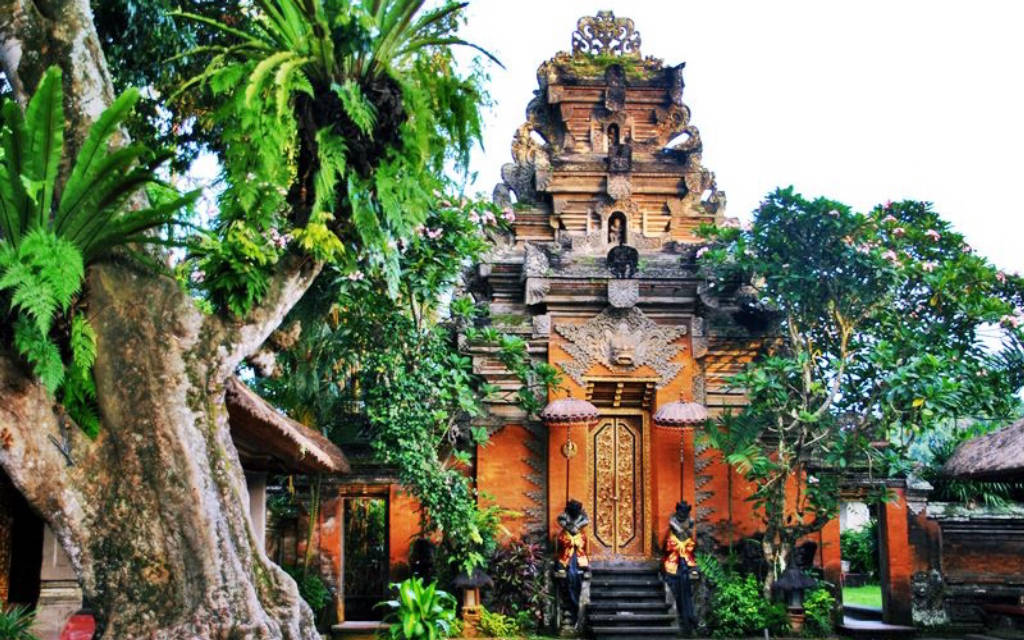
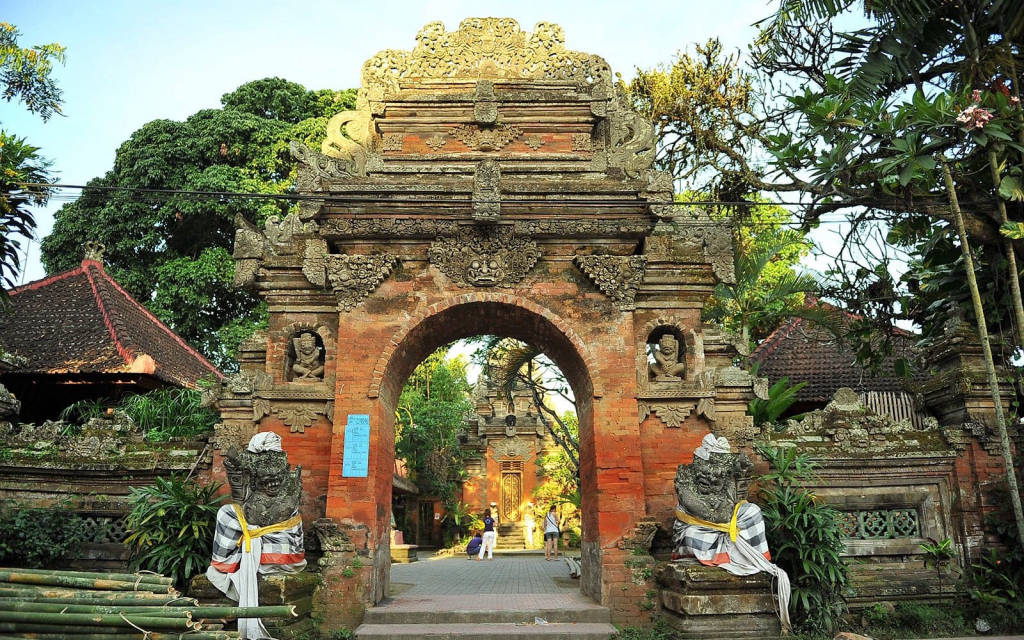
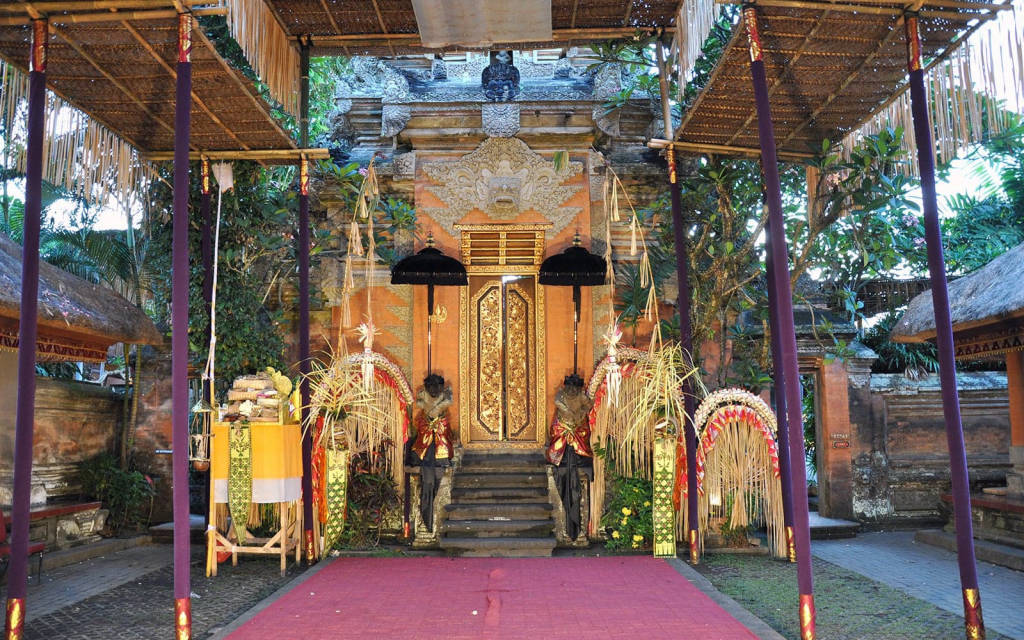
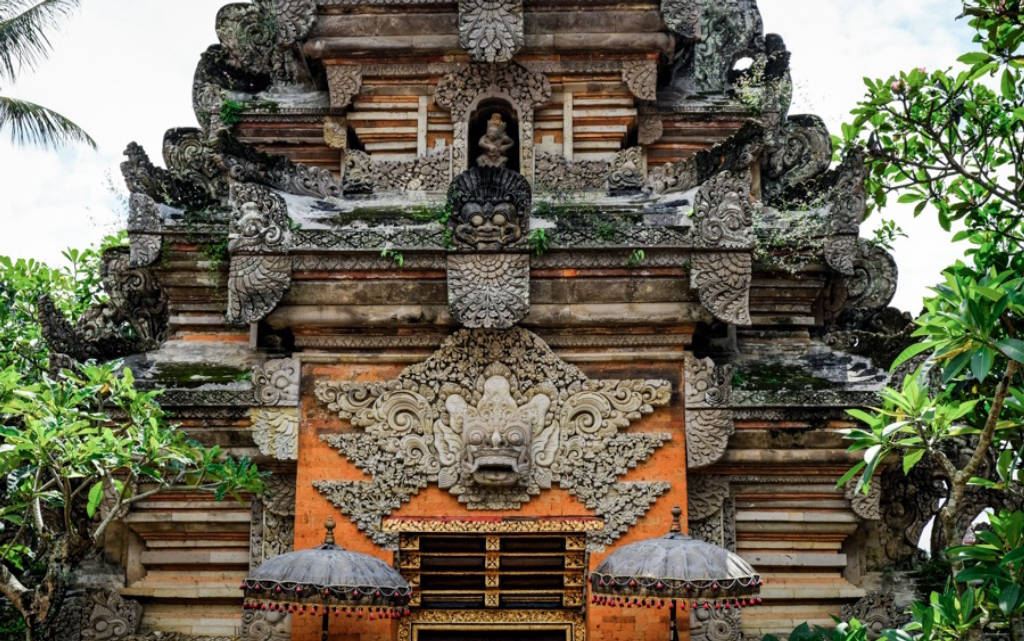






 Jl. Raya Ubud No.8, Ubud, Kecamatan Ubud, Kabupaten Gianyar, Bali 80571, Indonesia
Jl. Raya Ubud No.8, Ubud, Kecamatan Ubud, Kabupaten Gianyar, Bali 80571, Indonesia